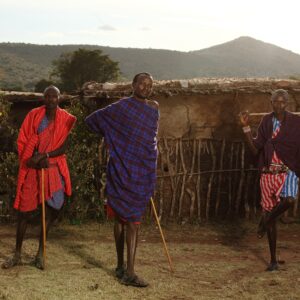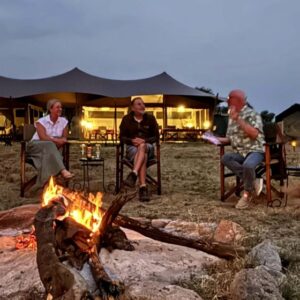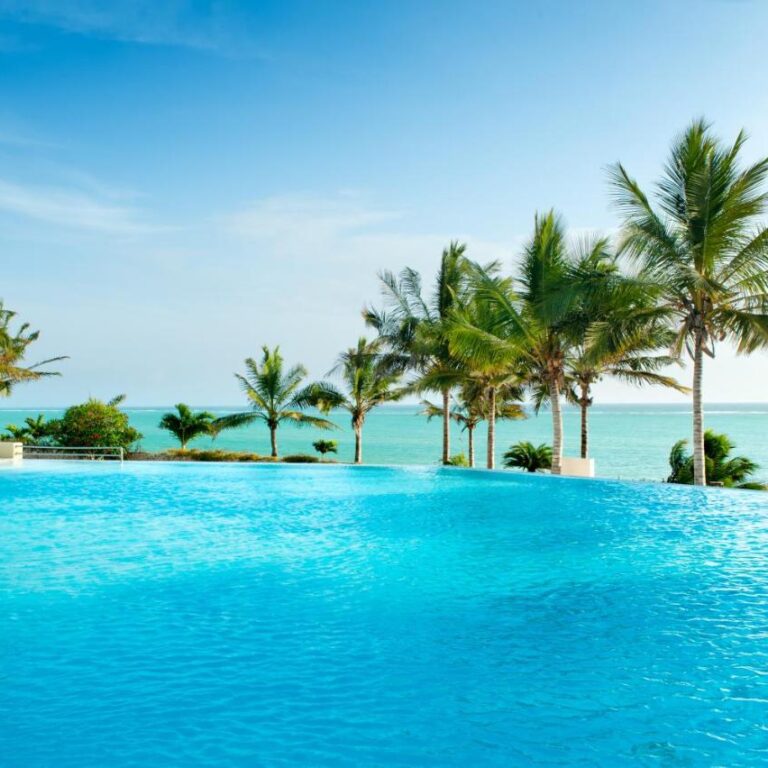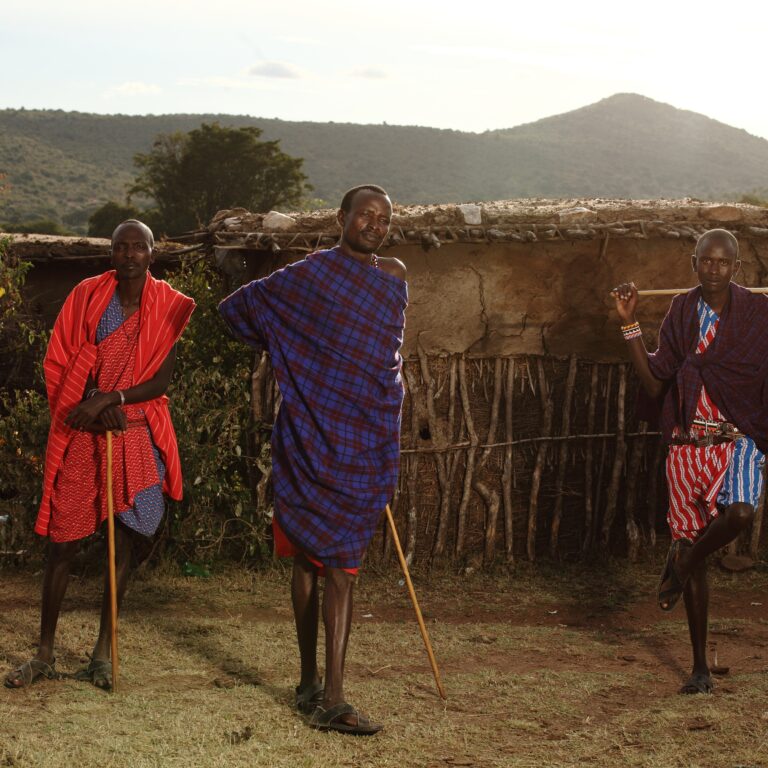Top 10 bits of advice from past Kilimanjaro climbers
Past Kilimanjaro climbers offer consistent advice centered on acclimatization, physical and mental preparation, and respecting the mountain and support team. Prioritizing slow, steady progress, staying hydrated, and packing for all weather conditions are crucial for success and enjoyment. Additionally, mental preparation and a positive attitude are essential, especially for the challenging summit night. Climbing Mount Kilimanjaro is a remarkable achievement that requires thorough preparation and an understanding of the challenges that lie ahead. Drawing from the experiences of past climbers, we have compiled 10 essential tips that will enhance your chances of a successful and enjoyable ascent. This comprehensive guide covers everything from physical preparation to practical advice on the mountain, ensuring you are well-equipped for your adventure.
1. Prioritize Physical Conditioning
To tackle the challenging terrain of Kilimanjaro, physical conditioning is crucial. Regular cardiovascular workouts such as running, cycling, or swimming will build your endurance. Incorporate strength training exercises focusing on your legs, core, and upper body. Altitude training, if accessible, can also help acclimate your body to the lower oxygen levels you’ll encounter. Aim for at least three to five days a week of rigorous exercise to ensure you are in peak physical condition.
2. Choose the Right Climbing Route
Selecting the right route can significantly impact your experience. Kilimanjaro offers several routes, each with different levels of difficulty and scenic highlights bits of advice from past Kilimanjaro climbers. For instance, the Marangu Route is the only one with hut accommodation, which might be more comfortable for some climbers. The Lemosho Route is known for its scenic beauty and higher success rates due to its gradual ascent. Research each route thoroughly and choose one that aligns with your experience level and preferences.
3. Acclimatize Properly
Acclimatization is key to preventing altitude sickness. Follow a slow and steady ascent to give your body time to adjust to the decreasing oxygen levels bits of advice from past Kilimanjaro climbers. The general rule of thumb is to climb high and sleep low, spending extra days at higher altitudes to aid acclimatization. Stay hydrated and avoid alcohol, which can exacerbate altitude symptoms. Pay attention to your body and be prepared to descend if you experience severe symptoms.
4. Pack Wisely
Packing appropriately can make or break your climb. Focus on layered clothing to adapt to the varying temperatures on the mountain bits of advice from past Kilimanjaro climbers. Essential items include waterproof and windproof jackets, thermal underwear, gloves, and a warm hat. Don’t forget sunglasses with UV protection and sunscreen to protect yourself from the sun’s intense rays. Properly fitting hiking boots are crucial for comfort and stability on uneven terrain.
5. Stay Hydrated and Eat Well
Maintaining hydration and proper nutrition is essential for a successful climb bits of advice from past Kilimanjaro climbers. Drink plenty of water throughout your ascent, aiming for at least 3-4 liters per day. Eating a balanced diet rich in carbohydrates, proteins, and fats will provide sustained energy. Make sure to consume high-calorie snacks like nuts, energy bars, and dried fruits to keep your energy levels up throughout the day.
6. Hire a Professional Guide
Engaging a professional guide or climbing company is highly recommended bits of advice from past Kilimanjaro climbers. Experienced guides are familiar with the mountain’s challenges and can provide valuable insights and support. They also ensure your safety by following established protocols and assisting with emergency situations. Select a reputable company with a proven track record and positive reviews from past climbers.
7. Follow Leave No Trace Principles
Preserving Kilimanjaro’s pristine environment is crucial bits of advice from past Kilimanjaro climbers. Adhere to Leave No Trace principles by minimizing your environmental impact. Pack out all trash, including biodegradable waste. Use established toilets or follow proper waste disposal methods. Respect wildlife and avoid disturbing the natural habitats of the mountain’s flora and fauna.
8. Understand Weather Patterns
Weather conditions on Kilimanjaro can be unpredictable. Be prepared for a range of weather scenarios, from torrential rain to freezing temperatures during trekking Kilimanjaro. Check the weather forecast regularly and plan your climb during the dry seasons, typically from January to March and June to October. Being aware of weather patterns will help you pack appropriately and adjust your climbing strategy.
9. Manage Your Pace and Rest
Maintaining a manageable pace is vital for conserving energy and preventing exhaustion. Take regular breaks and avoid rushing your ascent. Follow the “pole-pole” (slowly) approach, recommendations for Kilimanjaro which allows your body to acclimate more effectively. Lessons learned climbing Kilimanjaro ensure you get adequate rest each night to recover and prepare for the next day’s climb.
10. Prepare Mentally
Mental preparation is as important as physical training bits of advice from past Kilimanjaro climbers. A positive attitude and mental resilience can greatly influence your climbing experience. Visualize success, stay focused on your goals, and be prepared for the mental and emotional challenges of the climb. Mental fortitude can help you push through difficult moments and enjoy the journey to the summit.
11. Learn Some Swahili
Familiarizing yourself with basic Swahili phrases can enhance your experience and interactions on Kilimanjaro. Common phrases like “Habari” (Hello), “Asante” (Thank you), and “Karibu” (Welcome) will help you communicate with local guides and porters. Showing respect for the local culture by learning a few words in Swahili can enrich your adventure and foster positive relationships.
What percentage of climbers make it to the top of Kilimanjaro?
Scaling the summit of Mount Kilimanjaro is a challenging feat, with a reported success rate to be between 45% and 65%. This translates to a daunting reality that half of all climbers do not make it to the top.
What is the fatality rate of Kilimanjaro?
Mt. Kilimanjaro is remarkably safe in comparison to other large mountain systems. Statistics reveal that there is only a 0.03% chance of dying on the peak, which is a long way from Everest. Every year, over 30,000 individuals attempt to climb Mount Kilimanjaro.
What is the secret behind Kilimanjaro?
Formed some 750,000 years through volcanic eruptions, Mount Kilimanjaro took several geological changes for 250,000 years, and the present features were formed during the past 500,000 years after a number of upheavals and tremors took place to cause formation of 250 volcanic hills and crater lakes.
What to know about climbing Kilimanjaro
Climbing Kilimanjaro, Africa’s highest peak, is a thrilling adventure requiring careful preparation. Key factors include choosing the right route, ensuring physical fitness, and acclimatizing to high altitudes. Essential gear includes layered clothing, sturdy boots, and hydration supplies. Weather can be unpredictable, so be prepared for various conditions. Hiring a reputable guide and adhering to Leave No Trace principles are crucial for safety and environmental preservation. Understanding basic Swahili phrases can enhance interactions with local staff. Proper preparation and a positive mindset are key to a successful summit experience.








